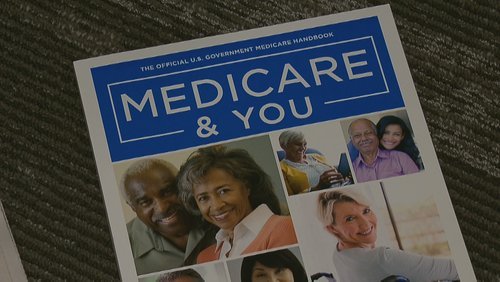It’s Medicare open enrollment season, which means that more than 60 million Americans over the age of 65 have within their grasp a fat, softcover book, Medicare & You handbook, that is likely destined for the recycling bin.
Read MoreWith all of the campaign talk about “Medicare for All,” it may be worthwhile to review the existing Medicare program, which was enacted more than 50 years ago (July 30, 1965).
Read MoreHealthcare inflation has outpaced the overall rate of price increases over the past twenty years. While costs have slowed, they are still projected to rise by 4.2 percent over the coming 20 years, according to research from HealthView Services. Please feel free to sigh, complain or yell right now. Now let’s move on to what you can actually control in this process: the choices you make for health insurance coverage.
Read MoreJust in time for the upcoming anniversary of The 1935 Social Security (SS) Act, the 2017 Annual Report of the Board of the Social Security Trustees is out and once again, the news is sobering. “Both Social Security and Medicare face long-term financing shortfalls under currently scheduled benefits and financing.” Additionally, the debate over health care has put Medicaid in the spotlight, so it’s time for a Q&A on three of the largest components of the federal budget, which account for about $2.4 trillion of spending.How is SS funded? It’s a pay as you go system, funded by payroll taxes (the FICA line item you see on your pay stub). Every employee (and employer) pays a 6.2 percent tax on earnings up to a limit, which is currently $127,200. If you are self-employed, you have to pay as both the employer and the employee, for a total of 12.4 percent.
Read More






